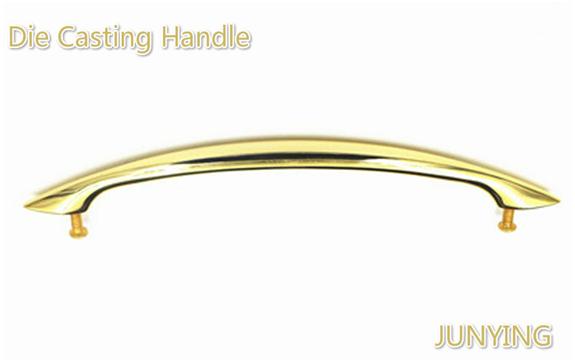It is a major investment to custom a complete function production die. So a prototype die is usually for a small amount of parts in order to test the components in many different conditions. 3D printed parts, machined hogouts, or gravity castings are belonging to prototyping strategies. However, these all need to consider tradeoffs on the design, tolerances, and properties. If you want the same properties, alloy, geometry and process, high pressure die casting prototype die is a great choice.
Prototype die casting dies have shorter lead times and lower cost because they can use an existing part base or other components, and pre-hardened, uncoated tool steels. For others production approaches, they need less engineering, and also can utilize cooling or ejection techniques which are less efficient. The tool will not have a service life as long and the efficiency is not high as the typical production die, but it’s no problem when you only need parts less than 1000. Components produced from a prototype die are usually hand cleaned of flash, avoiding the lead time and cost of a trim die.
Production dies are used when prototype dies passed all test. It means all designs are approved so dies are ready to work. Depending on the design, these dies can have single or multiple cavities to meet customers’ needs.
In production dies, unit dies are special. Manufacturer owned unit holder keeps the clients owned cavity block or unit die with cavity insert intact. There are varieties of sizes for unit dies and single and double unit holders are common. They are often used for smaller, simple and lower volume parts because unit dies made by generic parts. Usually, producing large and complex parts is better to use a custom die with perfect design. It can help you to level up the production.


